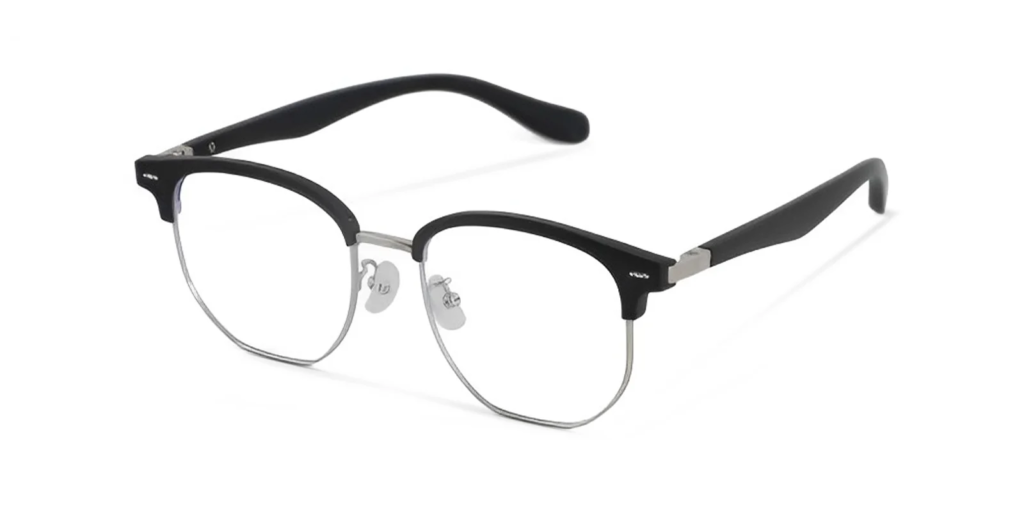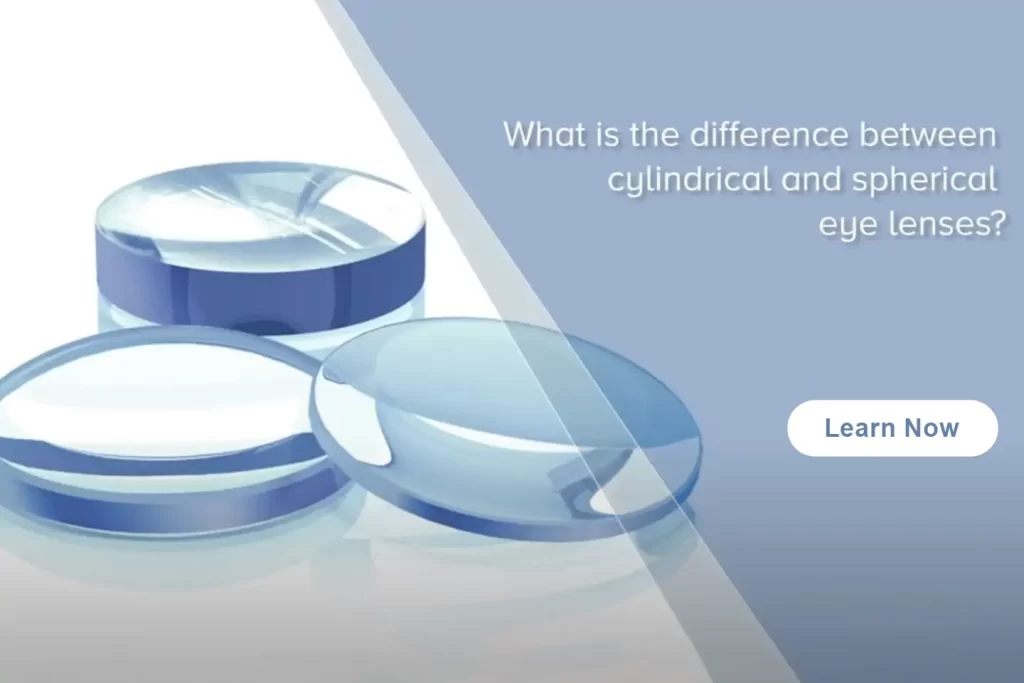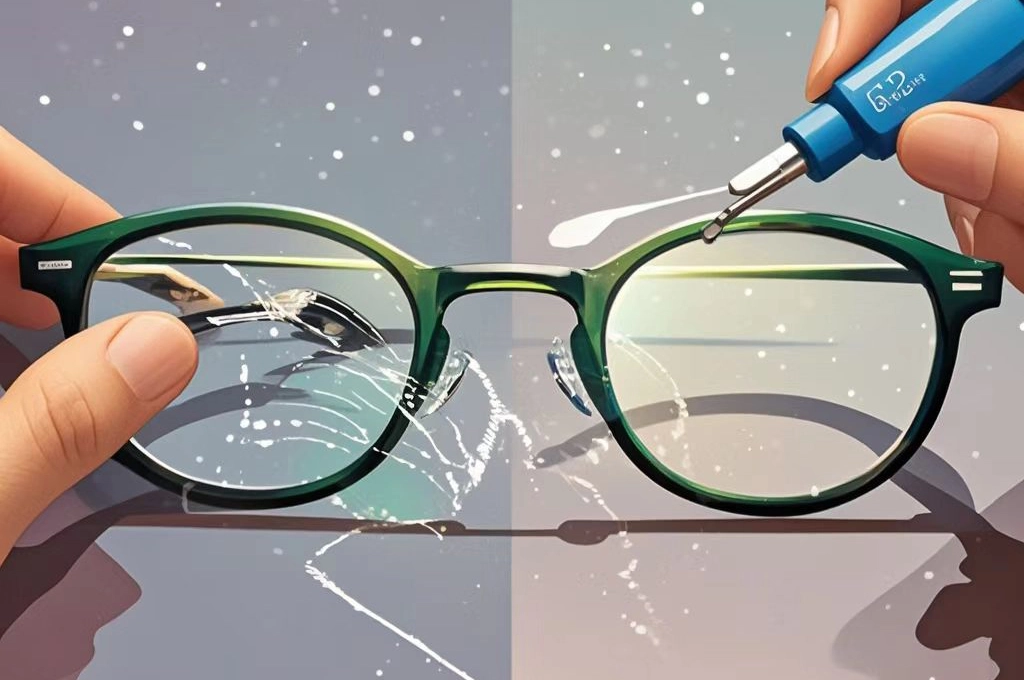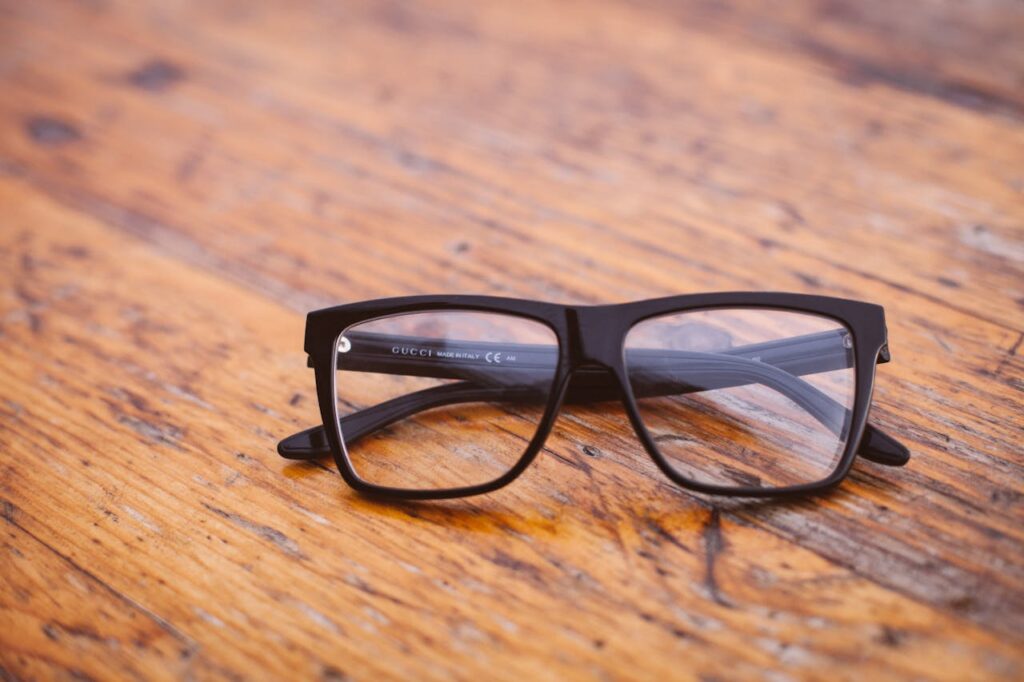In the world of optics, the design and performance of lenses play a crucial role in their real-world applications. Two of the most common lens types, spherical lenses and cylindrical lenses, are widely used across various industries due to their unique structures and optical properties. From everyday vision correction to advanced industrial equipment and medical devices, these lenses excel in different scenarios by catering to specific needs. However, spherical and cylindrical lenses differ significantly in terms of their shape, optical performance, and practical applications. Understanding these differences can not only help consumers choose the right lens but also guide engineers in specialized design projects. This article takes a detailed look at the characteristics, applications, and distinctions between spherical and cylindrical lenses.
Table of Contents
Overview of Spherical and Cylindrical Lenses
Spherical and cylindrical lenses hold a vital place in the field of optics and find applications in a wide range of industries and devices.
- Spherical lenses have a surface with consistent curvature across the entire lens. This uniform design allows them to focus or disperse light effectively, making them essential components in devices like telescopes, microscopes, and camera lenses. By manipulating light paths, spherical lenses enable magnification or reduction of images. They are also commonly used in prescription glasses for vision correction, providing an essential function in daily life.
- Cylindrical lenses, on the other hand, are more specialized. Formed by combining spherical and cylindrical curvature, these lenses—often referred to as “astigmatism lenses”—offer varying refractive power along different axes. This unique design allows cylindrical lenses to deliver one-dimensional magnification, turning point sources into line sources or altering image height without affecting its width. Such features make cylindrical lenses indispensable in applications requiring precise imaging, such as document scanners, fax machines, barcode readers, and medical tools like endoscopes. In addition, they are widely used in automotive video systems and advanced photography equipment.
The differences between spherical and cylindrical lenses extend beyond their physical structure. Each excels in distinct use cases, with spherical lenses prioritizing basic light manipulation and cylindrical lenses focusing on precise directional adjustments and image transformations. These contrasts highlight the need for a deeper exploration of their optical properties and practical applications, providing engineers with diverse solutions for various fields.
Characteristics of Spherical Lenses
Prescription Strength and Production Efficiency
Spherical lenses are characterized by their curved surfaces, offering consistent refractive power in both horizontal and vertical directions. This uniformity simplifies manufacturing, resulting in high production efficiency and lower costs. In fact, the production cost of spherical lenses is typically 20-30% lower than that of aspherical lenses, making them highly accessible to budget-conscious consumers. Their straightforward design has led to well-established production processes, ensuring their availability for mass-market needs.
Visual Performance
While spherical lenses are affordable and easy to produce, they have some limitations in terms of visual quality. Users with high prescriptions or complex vision needs may notice image distortion or edge blurriness, especially at higher strengths. This occurs because light bends unevenly when passing through the lens edges, leading to noticeable distortion. For example, individuals with myopia exceeding -6.00 diopters may experience bent or distorted peripheral images when wearing spherical lenses. Nevertheless, these limitations make spherical lenses an economical choice for those who prioritize affordability over advanced optical precision.
Suitable Users
Spherical lenses are ideal for individuals with low vision correction needs, particularly those with prescriptions under -3.00 diopters. At these levels, the visual differences between spherical and aspherical lenses are negligible. As a result, consumers can achieve effective vision correction while keeping costs low. Additionally, people who only occasionally wear glasses—for activities like reading or watching TV—can benefit from spherical lenses’ affordability and functional design without overinvesting in premium options.

Characteristics of Cylindrical Lenses
Shape and Functionality
Cylindrical lenses feature a more complex structure, combining spherical and cylindrical curvature to provide variable refractive power along different axes. This unique optical property enables them to manipulate light in specific directions, meeting the precise imaging demands of specialized applications. For instance, cylindrical lenses are integral to devices like document scanners and barcode readers, where their ability to convert points into lines or adjust image dimensions independently is critical. They also excel in industrial and medical devices where precision is paramount.
Astigmatism Correction
Cylindrical lenses are widely used to correct astigmatism, a vision condition caused by irregular curvature in the cornea or lens of the eye. By leveraging their directional refractive properties, cylindrical lenses help focus light on the retina, improving vision clarity. Studies show that 70% of mild astigmatism cases can be effectively treated with cylindrical lens glasses. For more severe cases, additional treatments like laser surgery (e.g., LASIK) or lens implants may be recommended, but cylindrical lenses remain an essential non-invasive solution for most patients.
Applications in Snow Goggles
Cylindrical lenses also find use in recreational gear, such as snow goggles. Compared to spherical goggles, cylindrical lenses are more affordable and lightweight, making them a preferred choice for beginners or casual skiers. However, their lack of vertical curvature may increase glare and slightly reduce peripheral vision. Despite these drawbacks, cylindrical lenses excel in specific scenarios, such as minimizing motion sickness for snowboarders by providing a more stable visual field.
Differences Between Spherical and Cylindrical Lenses
When it comes to optics, spherical lenses and cylindrical lenses serve distinct purposes thanks to their unique shapes and optical properties. These differences make them suitable for a wide range of applications, from everyday vision correction to specialized industrial and medical uses. Below, we break down the key distinctions in their shape, optical performance, and suitable use cases.
Shape Differences
Spherical Lenses
Spherical lenses are shaped like part of a perfect sphere, with a surface curvature that remains consistent in all directions. This uniform curvature ensures that light refracts evenly across the entire lens, providing stable imaging. The simplicity of this design also makes spherical lenses easier to manufacture, especially for large-scale production, giving them a cost advantage.
Their shape makes spherical lenses incredibly versatile, fitting applications ranging from corrective eyewear to basic optical tools used in scientific instruments like microscopes and telescopes. Their straightforward design and affordability have cemented their role as a cornerstone in the optics industry.
Cylindrical Lenses
Cylindrical lenses, on the other hand, feature a more complex design. Their shape resembles the surface of a cylinder, combining spherical and cylindrical curvatures. This combination gives them varying refractive power along different axes. As a result, cylindrical lenses can perform unique optical functions, such as one-dimensional magnification, converting point light sources into lines, or independently adjusting an image’s width and height.
This specialized shape allows cylindrical lenses to excel in industrial, medical, and optical correction applications, where precise control over light direction and image adjustments is critical.
Differences in Optical Performance
Field of Vision
Spherical lenses, with their consistent curvature, allow light to pass through more naturally. This results in a wide field of vision and a visual experience that closely mimics natural eyesight. Spherical lenses are well-suited for applications where a broad, uninterrupted view is essential, such as in ski goggles or driving glasses.
Cylindrical lenses, in contrast, have limited curvature in the vertical direction. This restricts their field of vision to the front-facing area, which might feel narrower. While this may not be ideal for general use, cylindrical lenses are highly effective in specific applications like astigmatism correction and certain optical instruments where a focused view is needed.
Image Distortion
Spherical lenses are prone to distortion at the edges, particularly in higher prescriptions. For instance, individuals with severe nearsightedness may notice that objects appear bent or blurry around the lens edges. However, this distortion is less noticeable in lenses for lower prescriptions, making spherical lenses a cost-effective solution for many users.
Cylindrical lenses, on the other hand, reduce distortion along specific axes. While their lack of curvature in the vertical direction can lead to glare or slight image deformation, their performance remains stable in the horizontal plane. This makes them ideal for tasks like barcode scanning or document imaging, where precise light control is crucial.
Glare Reduction
Spherical lenses, with their uniform curvature in all directions, help reduce glare from both horizontal and vertical light sources, providing a comfortable viewing experience in bright conditions.
Cylindrical lenses also offer glare reduction, especially in the vertical plane, by minimizing reflections from certain angles. This feature makes them particularly valuable in high-glare environments, such as snowfields or brightly lit workspaces.

Differences in Suitable Applications
Ski Goggles
In outdoor sports like skiing, the type of lens used in goggles can significantly impact performance.
- Cylindrical Lenses: These are a budget-friendly option, ideal for beginners and casual skiers. They are often lighter and more flexible, ensuring comfort for extended wear. Cylindrical lenses are particularly effective for snowboarders, as their stable field of view reduces dizziness caused by angle distortions.
- Spherical Lenses: For advanced skiers seeking the best visual experience, spherical lenses provide a wider field of vision and enhanced fog resistance. They are a premium choice, offering a clearer, distortion-free view of the slopes, even in challenging weather conditions.
Other Applications
- Spherical Lenses: These lenses are widely used in everyday eyewear, particularly for those with low prescriptions. They’re also a practical choice for people who only wear glasses occasionally, such as for reading or watching TV. Their affordability and reliability make them an excellent option for general vision correction.
- Cylindrical Lenses: These are more specialized and find their place in industrial and medical settings. They’re essential for devices like barcode scanners, fax machines, and high-precision optical tools. Cylindrical lenses are also critical in medical imaging systems like endoscopes and in advanced photography equipment where precise light manipulation is required.
Conclusion
Spherical and cylindrical lenses are both indispensable in optics, but each serves a distinct purpose. Spherical lenses are an affordable, versatile choice for vision correction and general optical applications, offering a natural field of view and stable performance at a low cost. Cylindrical lenses, on the other hand, are tailored for specialized tasks, delivering precise light control and distortion-free imaging in industrial, medical, and recreational applications.
By understanding the differences in their shape, optical performance, and suitable use cases, you can make informed decisions about which type of lens best suits your needs—whether it’s for daily eyewear, professional equipment, or sports gear. Both lenses play an essential role in advancing optical technologies, ensuring they remain vital tools in science, medicine, and beyond.



